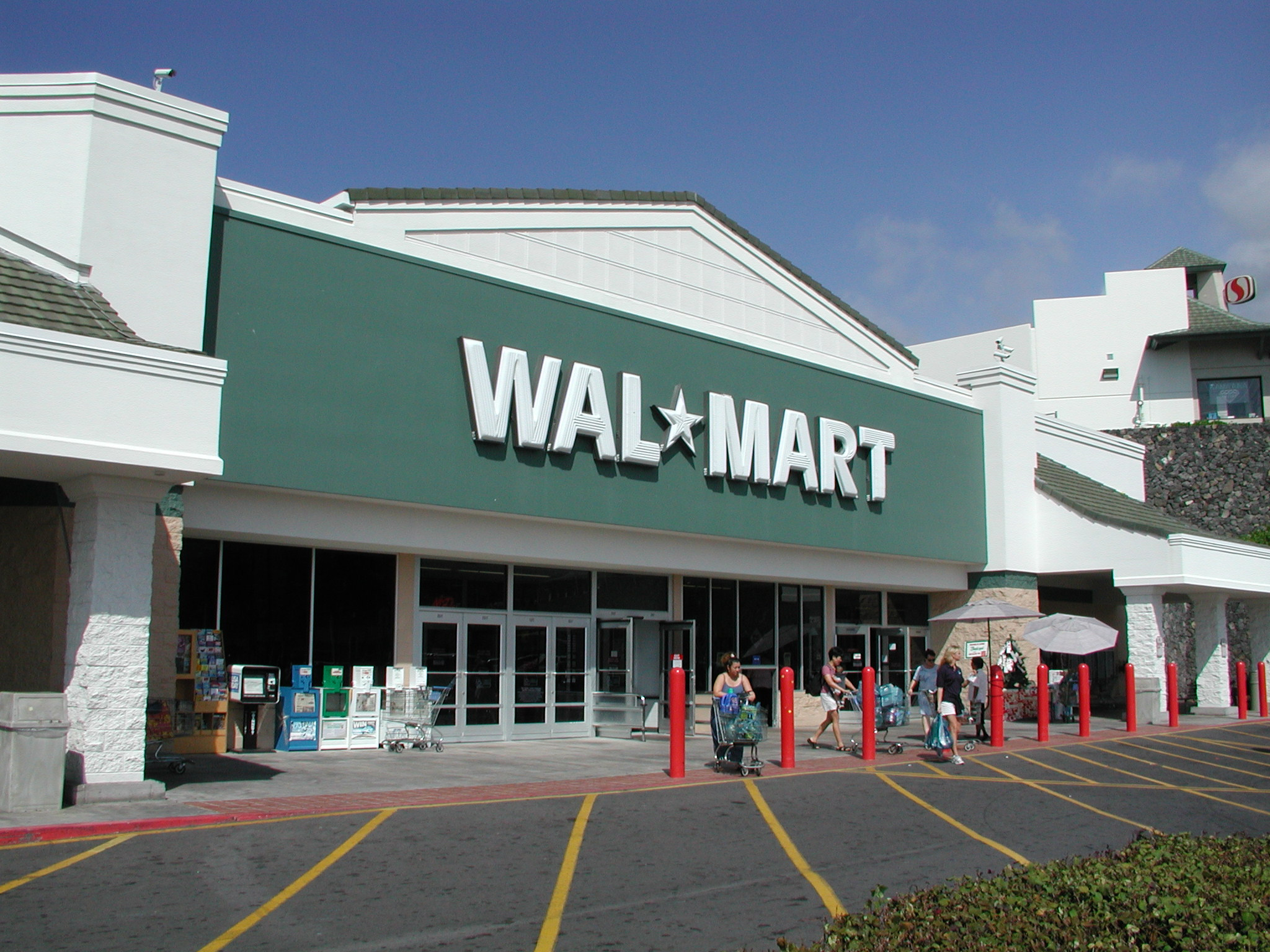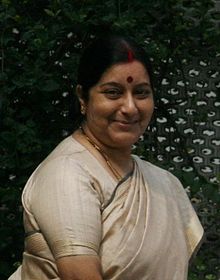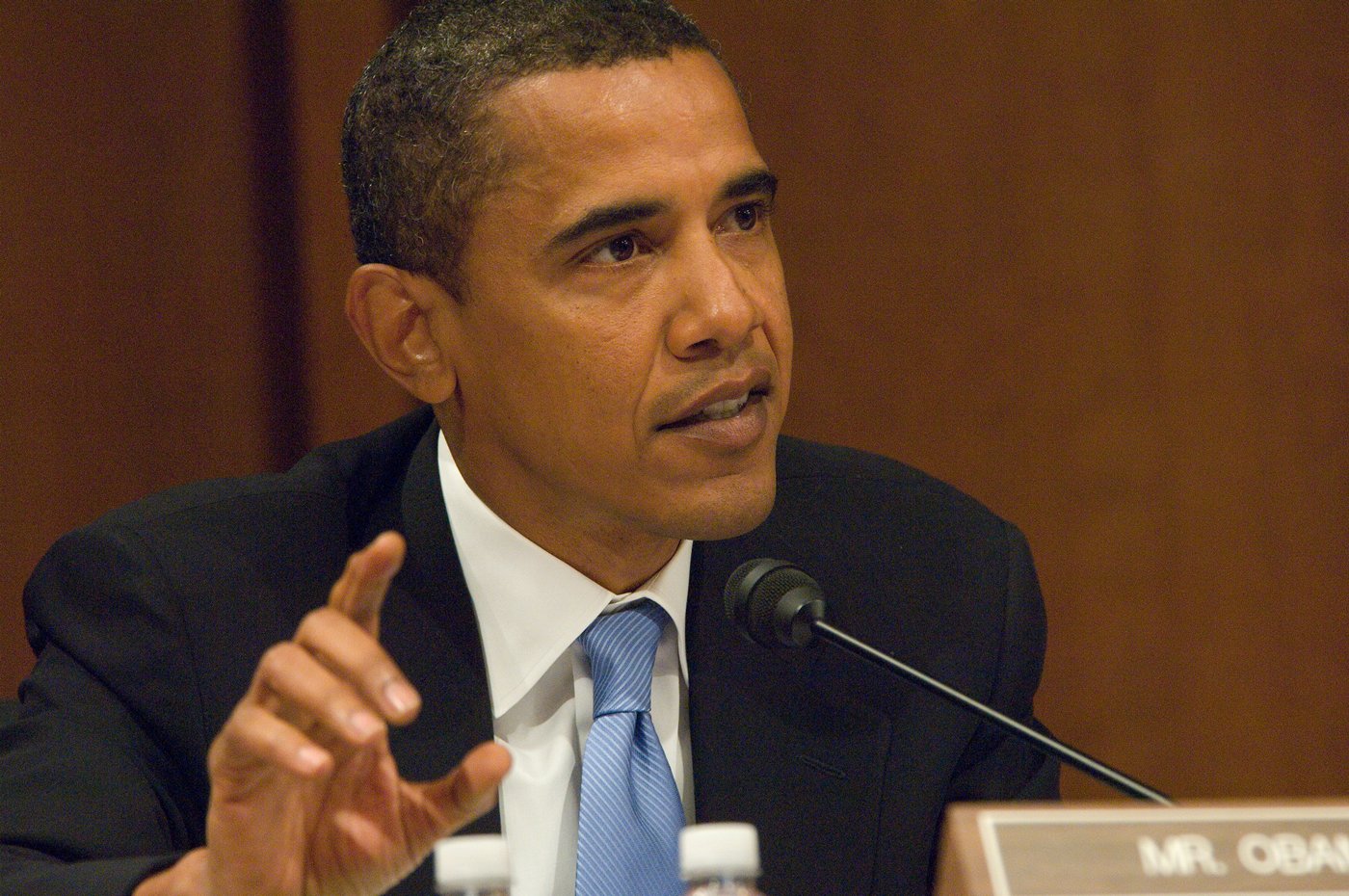In a press conference to mark the 100 days of the Narendra Modi led National Democratic Alliance (NDA) government, commerce minister Nirmala Sitharaman said “We are clear that FDI will not be allowed in multi-brand retail trade….There is no ambiguity. There is no confusion on this.”
This decision makes no sense from multiple angles. The big fear is that all the foreign companies that might come into India through the multi-brand retail route or big retail as it is better known as, will source their products from China.
But the thing is even without the presence of foreign companies in big retail, goods are being sourced from China. If a foreign player in big retail can source products from China, so can Indian companies.“Made in China” is a part of our lives now. The pitchkaris used in Holi and the statues of Lakshmi and Ganesh, without which no Diwali celebration is complete, are also being sourced from China. A lot of the electronic products that we buy are Made in China. Some of India’s biggest mobile phone brands source their products from China, and simply brand it and sell it in India.
As Professor Rajiv Lal of Harvard Business School said in an interview to Forbes India “without the presence of big retail, if Indian companies are already sourcing from China, and the Indian consumer does not mind them sourcing from China, then what are we talking about.”
The other big fear is that foreign players in big retail will destroy the Indian players in the market. Evidence from other emerging markets suggests otherwise. Pankaj Ghemawat, Anselmo Rubiralta Professor of Global Strategy at IESE Business School in Barcelona, Spain, in an interview to Forbes India argued that much of the fear about FDI in retail is exaggerated, because even with full liberalisation, foreign retailers would hardly come to dominate the Indian market.
“Retail is a very local business, where an intimate understanding of customers, real estate markets, and so on, is essential to success,” he said. He cited a recent estimate that 40 foreign players account for only about 20% of organised retail in China, to suggest that foreign and domestic retail could thrive side-by-side in India.
“Foreign retailers don’t always win out against domestic rivals,” he added. “Electronics retailers Best Buy from the US and Media Markt from Germany both shut down their stores in China in the last few years. They just couldn’t compete with local rivals Gome and Suning, which had greater domestic scale and business models more attuned to the Chinese market. Home Depot also exited China in 2012. But Chinese consumers gained anyway – competition against foreign retailers spurred locals to improve customer service, one of their weak points.”
Also, as Ghemawat says retail is a very local business. And this is something that foreign companies trying to build economies of scale do not always take into account. In his book Redefining Global Strategy, Ghemawat points out a very interesting story. “As the former head of the company’s German operations, now shut down, plaintively observed, “We didn’t realise that pillowcases are a different size in Germany.””
The third fear is that the big retail will end up destroying the kirana shops. As Anthony Bianco writes in The Bully of Bentonville – How the High Cost of Wal-Mart’s Everyday Low Prices is Hurting America “It (Wal-Mart) grows by wrestling businesses away from other retailers large and small. In hundreds of towns and cities, Wal-Mart’s entry put ailing …shopping districts into intensive care and then ripped out the life-support-system.”
Nevertheless what is true about the United States cannot be true for the rest of the world as well. The kirana shops in India work on very low margins, something which big retail may not always be able to compete with. As Lal put it in the Forbes India interview “If you look at the kirana stores they operate at a gross margin of 15-18%. Now if you look at the cost structure of an organised retailer it is much more than 15-18%, and unless the organised retail can set themselves up in a way that they can actually do a lot of savings in the supply chain, they cannot compete with the kirana store.” And that explains to a large extent why most of the big Indian retail players have been losing money over the years. They just can’t compete with the cost at which the kirana shop can operate.
As Lal elaborated further “If you look at organised retail, you look at the cost of real estate, electricity, labour ,energy, taxes etc, these are all things that the kirana store does not worry about. If you put that all together it leads to a significant cost structure.” Hence, the fear of big retail destroying kirana shops is overdone.
Ghemawat feels that there is a lot that India can learn from China on the big retail front. The country started opening up its retail sector to FDI in 1992, initially with various restrictions, but ultimately allowed 100% FDI in 2004. This benefited them with foreign players bringing in new management practices along with supporting technology and investment capital. Further, the foreign retailers began sourcing goods from China and exporting them, and helped Chinese exports grow. This is likely to happen in the Indian case as well, if big retail is allowed to set up shop here.
The other big advantage of big retail is that it has the ability to create jobs at a reasonably fast pace. This point becomes even more important given that India hasn’t had a manufacturing revolution. Big retail can create a lot of jobs for the huge amount of semi-skilled work force in the country. As Lal put it “Big retail also employs a lot of people. The bottom line is that I really don’t think organised retail can grow at a speed relative to the economic growth of a country that it can lead to a loss of jobs. And second if you take a look at most of these kirana stores, their children do not want to continue this lifestyle. They want to go to school, get educated and get better jobs. So, the question is whose jobs are we protecting?”
Given these reasons, big retail is not exactly the monster it is often made out to be. Hence, its fear is overdone. To conclude, in the past, the Bhartiya Janata Party has often been categorised as a party of traders (i.e. banias), who are also supposedly the biggest financiers of the party as well. By not allowing FDI in retail the party is essentially living up to that image.
The piece originally appeared on www.FirstBiz.com on September 9, 2014
(Vivek Kaul is the author of the Easy Money trilogy. He tweets @kaul_vivek)



